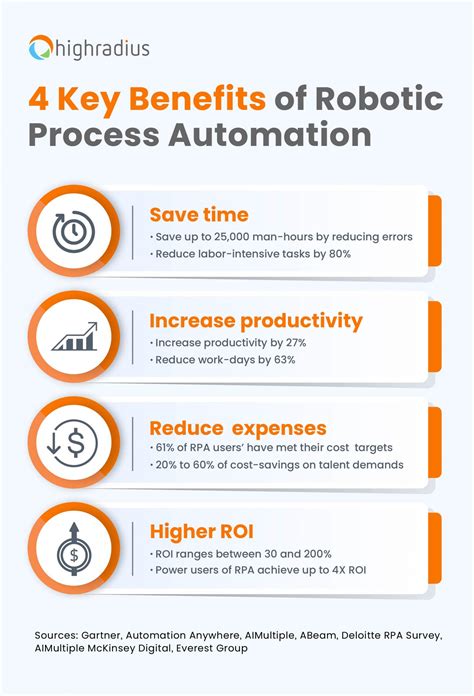RPA Finance: Automating Your Way to Financial Freedom
Robotic Process Automation (RPA) is revolutionizing the finance industry, offering unprecedented opportunities to streamline operations, reduce costs, and improve accuracy. This comprehensive guide dives deep into the world of RPA in finance, exploring its applications, benefits, and potential challenges.
What is RPA in Finance?
RPA in finance leverages software robots, or "bots," to automate repetitive, rule-based tasks. These bots mimic human actions, interacting with various systems and applications to process transactions, analyze data, and generate reports. This frees up human employees to focus on more strategic, value-added activities.
Key applications of RPA in finance include:
- Account reconciliation: Automating the process of comparing bank statements with internal records to identify discrepancies.
- Invoice processing: Extracting data from invoices, verifying information, and routing them for approval.
- Payment processing: Automating the creation and transmission of payments.
- Fraud detection: Analyzing transaction data to identify potentially fraudulent activities.
- Regulatory compliance: Ensuring adherence to various financial regulations and reporting requirements.
- Customer service: Handling routine inquiries and providing basic support through automated chatbots.
Benefits of Implementing RPA in Finance
The benefits of incorporating RPA into your financial processes are numerous and impactful:
- Increased efficiency: RPA significantly speeds up processing times, allowing for faster turnaround times on tasks.
- Reduced costs: Automating tasks reduces the need for manual labor, leading to significant cost savings.
- Improved accuracy: Bots minimize human error, resulting in more accurate and reliable results.
- Enhanced compliance: RPA helps ensure adherence to regulations, reducing the risk of penalties.
- Better scalability: RPA can easily handle increasing volumes of transactions without requiring additional staff.
- Increased employee satisfaction: Freeing employees from tedious tasks allows them to focus on more engaging and challenging work.
Choosing the Right RPA Solution
Selecting the right RPA solution is critical for success. Consider these factors:
- Scalability: Choose a solution that can grow with your business needs.
- Integration capabilities: Ensure the solution integrates seamlessly with your existing systems.
- Security: Prioritize a solution with robust security features to protect sensitive financial data.
- Vendor support: Select a vendor with a proven track record and excellent customer support.
Overcoming Challenges in RPA Implementation
While RPA offers significant benefits, successful implementation requires careful planning and execution. Challenges include:
- Integration complexity: Integrating RPA with legacy systems can be challenging.
- Change management: Employees may resist changes brought about by automation.
- Data security: Protecting sensitive financial data is paramount.
- Initial investment costs: Implementing RPA requires an initial investment in software and training.
The Future of RPA in Finance
The future of RPA in finance is bright. As technology advances, we can expect even more sophisticated and powerful RPA solutions. Artificial intelligence (AI) and machine learning (ML) will further enhance the capabilities of RPA, enabling more complex and intelligent automation. This will lead to even greater efficiency, cost savings, and improved decision-making within the finance industry.
Conclusion:
RPA is transforming the financial landscape, offering significant opportunities for organizations to enhance their operations and gain a competitive edge. By carefully considering the benefits, challenges, and implementation strategies outlined above, financial institutions can harness the power of RPA to achieve their strategic goals and build a more efficient and effective future.
